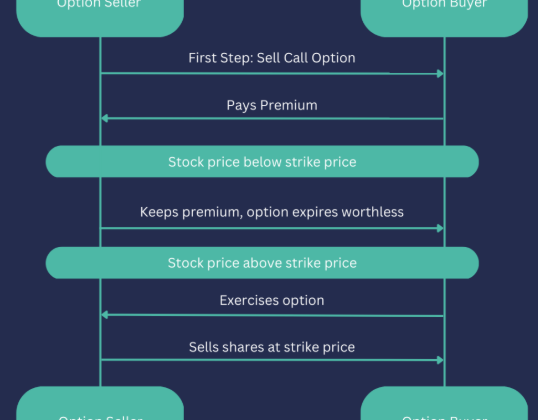
In commercial real estate (CRE), it’s common to use some form of debt to finance property purchases. However, as debt markets fluctuate over time, it might become advantageous for investors to consider refinancing their commercial properties. Refinancing can help secure better loan terms, lower interest rates, or release equity to fund new projects. This guide explains what refinancing means in the context of commercial properties, explores different refinancing options, and outlines why refinancing might benefit investors.
What is Commercial Property Refinancing?
Refinancing refers to the process where a property owner takes out a new loan to pay off an existing one. The new loan could be at a more favorable interest rate, or it could be structured to provide cash to the investor for further investments. Refinancing is a common strategy to improve cash flow or tap into the increased equity of a property.
There are generally two types of refinancing used in commercial real estate: traditional refinancing and cash-out refinancing. Each serves different purposes, depending on the investor’s goals.
Types of Commercial Property Refinancing
- Traditional Refinancing
A traditional refinance is the most straightforward type. It occurs when the property owner borrows an amount equal to the existing loan to pay off the current mortgage. This type of refinance is usually executed when interest rates have decreased since the original loan was taken out, allowing the investor to reduce their monthly debt payments.
For example, if an investor took out a loan of $1 million at a 7% interest rate, their monthly payments might be $7,753. However, if the interest rate decreases to 5%, refinancing could reduce monthly payments to $6,600, saving the investor $1,153 per month. This reduction in debt service can significantly increase cash flow and provide additional capital for other investment opportunities.
- Cash-Out Refinancing
Cash-out refinancing occurs when an investor refinances their loan for more than the existing balance, using the additional funds as cash. The new loan pays off the original mortgage, and the remaining difference is given to the investor.
For example, if an investor initially purchased a multifamily property for $1.25 million with a loan of $1 million, and after five years, the property’s value increases to $1.5 million, the investor might refinance the property. If the maximum loan-to-value (LTV) ratio is 80%, they could refinance for $1.2 million. This pays off the existing $900,000 loan, and the investor pockets the remaining $300,000 in cash.
This type of refinancing is particularly useful for investors who have seen significant appreciation in their property’s value or have made improvements that increase the property’s worth.
Why Investors Refinance Their Properties
Refinancing offers investors several key advantages. Here are some reasons why investors may choose to refinance:
- Lower Monthly Payments: If interest rates have dropped since the original loan was taken, refinancing can reduce monthly payments. Lower payments help improve cash flow, making the investment more profitable or freeing up funds for other ventures.
- Unlocking Equity: A cash-out refinance allows investors to convert the equity in their properties into liquid capital. This cash can be used to fund additional property purchases, pay off other debts, or make capital improvements to the existing property.
- Value-Add Strategy: In commercial real estate, investors often buy underperforming properties with the intention of improving them. Once the property is renovated and its value has increased, investors may refinance to pull out their equity and reinvest it into new projects, allowing them to scale their portfolios.
- Flexibility: Refinancing offers the flexibility to adjust the terms of the loan, whether that’s extending the repayment period or reducing the interest rate. It can help make the property more financially viable in the long term.
When to Consider Refinancing
While refinancing offers clear benefits, it’s important to carefully consider the timing and conditions under which it makes sense. For example, refinancing may not be worthwhile if the investor plans to sell the property soon, as the associated fees could outweigh the benefits. Additionally, refinancing requires thorough analysis of the property’s cash flow, market conditions, and the costs associated with obtaining a new loan.
Refinancing is particularly attractive when interest rates have fallen or when the property has increased in value due to improvements or favorable market conditions. Investors should also weigh the costs of refinancing—such as closing fees and other charges—against the potential savings.
Private Equity Real Estate and Refinancing
For many individual investors, the complexities involved in refinancing decisions can be overwhelming. Refinancing calculations require detailed knowledge of market conditions, loan structures, and property value assessments. Many investors opt to invest through private equity real estate firms, which handle these decisions on their behalf.
A private equity firm specializing in commercial real estate refinancing has the experience and resources to navigate the refinancing process efficiently. These firms handle all aspects of property management, including refinancing, so investors can benefit from their expertise without the need to deal with the complexities of refinancing on their own.
Summary of Commercial Property Refinancing
Refinancing a commercial property involves securing a new loan to pay off an existing one, either to take advantage of lower interest rates or to extract equity for additional investments. The two primary types of refinancing are traditional refinancing, which replaces the existing loan with one of equal value, and cash-out refinancing, which allows investors to take out a larger loan and pocket the difference.
Refinancing can be a valuable tool for real estate investors looking to improve cash flow, unlock equity, or take advantage of market conditions. However, it’s important to carefully analyze the costs and benefits before making a decision.
For investors who find the refinancing process daunting, working with a private equity firm that specializes in commercial real estate can simplify the process and provide access to professional guidance and expertise.















